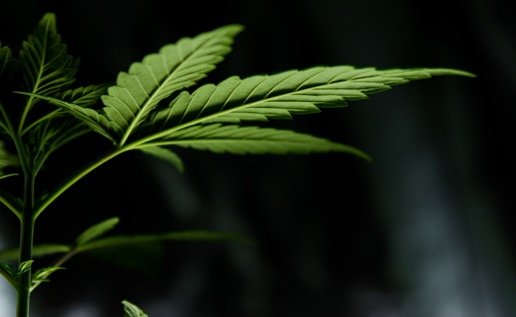
My friends, it’s time to talk about one of the most fascinating plants on the planet: cannabis. Specifically, we're going to dive into the morphology of the cannabis plant - or in layman's terms, what it looks like.
Now, if you're like most people, your mental image of a cannabis plant probably involves big, bushy leaves and some sort of sticky, green buds. And while that's not entirely inaccurate, there's a lot more to the cannabis plant than meets the eye.
Let's start with the basics. The cannabis plant belongs to the family Cannabaceae, which also includes hops (the stuff that gives beer its bitter flavor). It's an annual plant, which means that it completes its entire life cycle in a single growing season. Cannabis plants can grow anywhere from a few inches to over 20 feet tall, depending on the genotype—or more commonly, strain—and growing conditions.
Now, let's talk about the leaves. Cannabis leaves are typically palmate, which means that they're divided into several leaflets that radiate out from a central point. The number of leaflets can vary by genotype—some plants have just a few, while others can have as many as 13.
But here's where things get interesting. Cannabis plants also produce two types of leaves: fan leaves and sugar leaves. Fan leaves are the big, bushy ones that most people associate with cannabis. They're typically broader and have more leaflets than sugar leaves, and they're responsible for photosynthesis (i.e. turning sunlight into energy for the plant).
Sugar leaves, on the other hand, are smaller and grow closer to the buds. They're called sugar leaves because they're covered in trichomes, which are tiny, sticky hairs that contain cannabinoids and terpenes (the compounds that give cannabis its flavor and aroma). When you see pictures of cannabis buds covered in frosty-looking crystals, those are the trichomes.
Speaking of buds, let's talk about the flowers. Cannabis plants are dioecious, which means that there are male and female plants. Male plants produce pollen, while female plants produce flowers (also known as buds) that contain the coveted cannabinoids and terpenes.
Fun fact: female cannabis plants are actually hermaphrodites. That means that they have both male and female reproductive organs, but they typically don't produce pollen. Instead, they rely on male plants (or artificially introduced pollen) to fertilize their flowers and produce seeds.
But let's not forget about the stems and roots. Cannabis stems are typically green and covered in a layer of tiny hairs. They're responsible for transporting water and nutrients throughout the plant. The roots, on the other hand, are responsible for absorbing water and nutrients from the soil. Cannabis roots can grow surprisingly deep, with some plants sending roots down as far as six feet!
So there you have it - a quick and dirty rundown of the morphology of the cannabis plant. Whether you're a seasoned cannabis connoisseur or just someone who likes to appreciate the beauty of nature, there's no denying that the cannabis plant is a true wonder of the botanical world. And hey, if you happen to enjoy the psychotropic and/or medical effects of those sugar-covered leaves and flowers, well, that's just an added bonus.
Please note: You are not currently logged in. Only members can contribute comments. If you would like to contribute click the button below.
